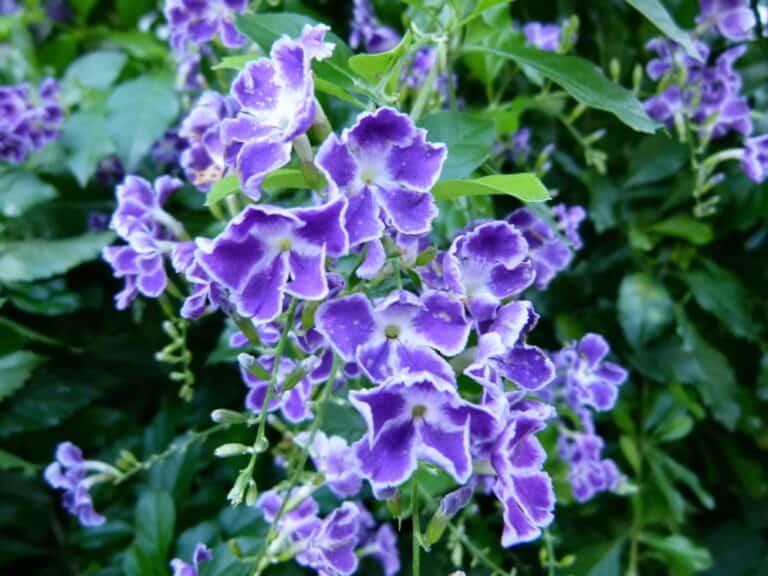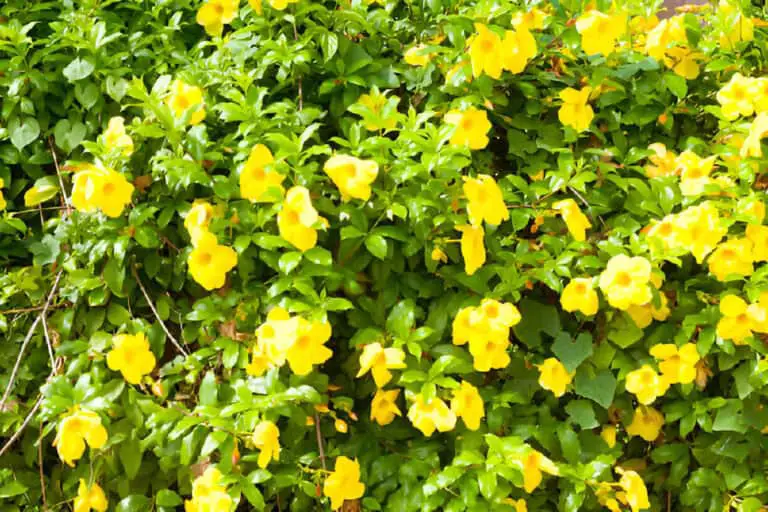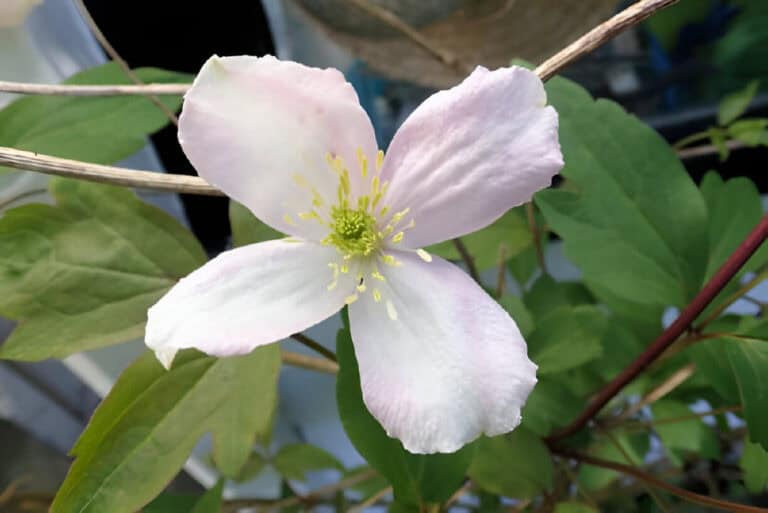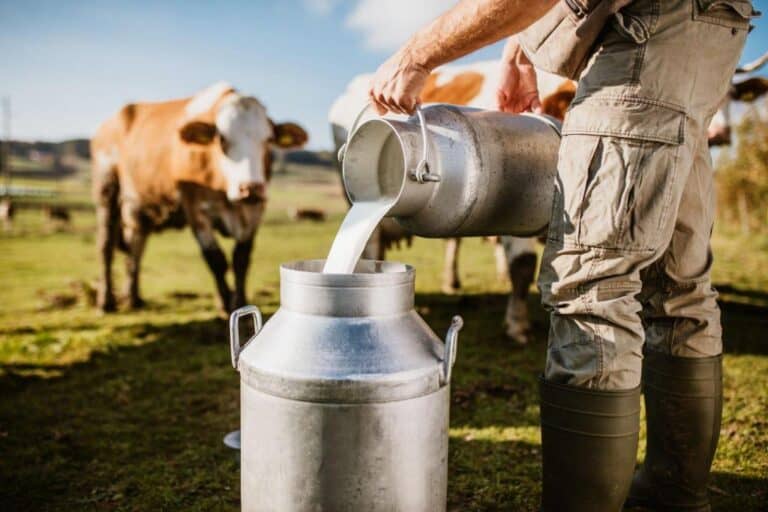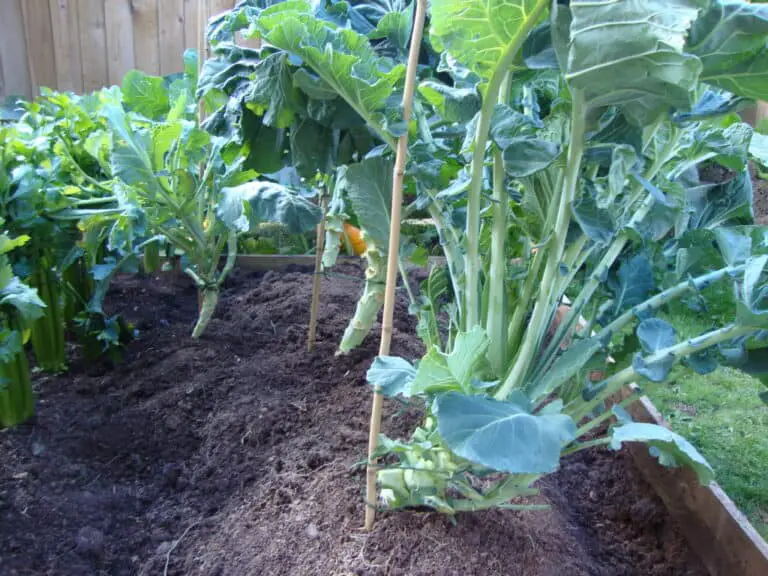Are Pumpkins Self Pollinating? How to Hand-Pollinate Pumpkin Plant

Ever stood in your backyard, eyeing that promising pumpkin patch, and wondered, “Are pumpkins self-pollinating and aware of how to take care of business themselves?”
Well, you’re not alone. As a fellow enthusiast of all things orange and squashy, I’ve delved deep into the mysteries of pumpkin reproduction to unearth the truth. We’re about to demystify the intricate world of pumpkin flowers, the unsung heroes of your patch.
From dissecting their anatomy to mastering the delicate art of hand-pollination, we’ll guide you through every twist and turn of the pumpkin plant’s reproductive saga. So, grab your gardening gloves and get ready to uncover the secrets that turn blossoms into bountiful harvests. It’s time to ensure your pumpkins are not just pretty faces but thriving, self-sufficient members of your backyard community.
Are Pumpkins Self Pollinating?
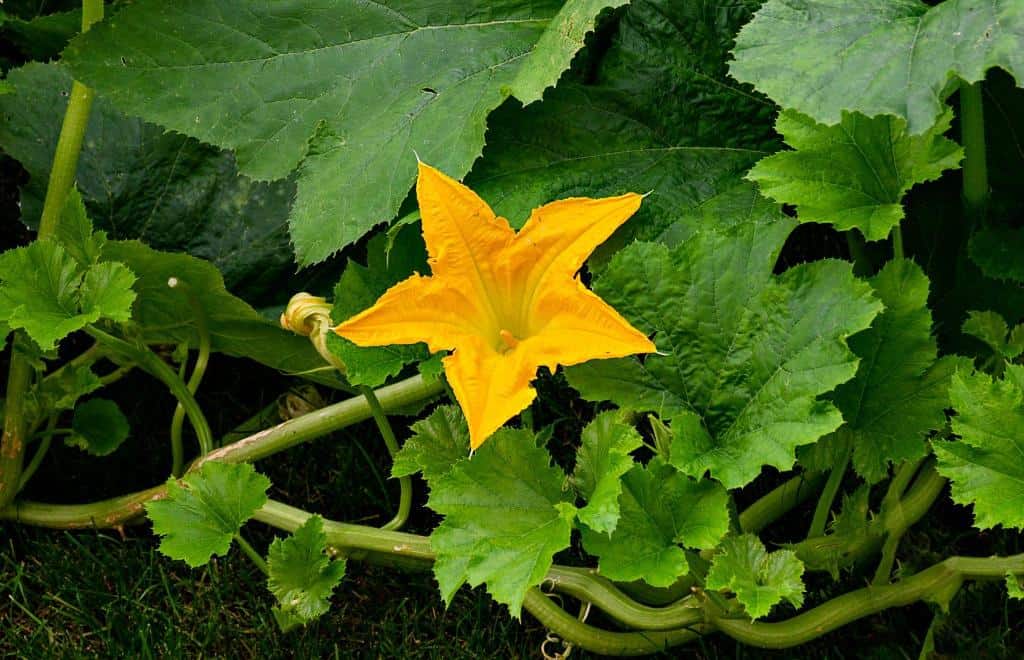
Let’s understand the basics of pumpkin pollination. Contrary to what some may believe, pumpkins are not strictly self-pollinating. These squash plants typically rely on pollinators like bees to transfer pollen from male to female flowers. Nature has carefully planned the process to look like a simple natural arrangement.
Pumpkins are not self-pollinating. They require external agents, such as bees, or manual intervention for pollination. Pumpkins have separate male and female flowers on the same plant, and pollen must be moved from the male flower to the female for fruit to develop.
The Intricacies of Self-Pollination
Although pumpkins aren’t entirely self-pollinating, some degree of self-pollination can occur. Nature has equipped these plants with mechanisms allowing them to produce viable fruit even without external pollinators. However, for a truly abundant harvest, it’s beneficial to understand how to lend a helping hand.
The Role of Pumpkin Flowers in Reproduction
Pumpkin Flowers: Male vs. Female
| Flower Type | Characteristics |
| Male | Long stem, no swelling at the base |
| Female | Short stem, swelling (potential fruit) at the base |
Pumpkin flowers are not just delicate adornments in the garden; they play a vital role in the plant’s reproductive journey. Examining their anatomy reveals a fascinating world of intricate structures. Within the vibrant petals lies the reproductive heart of the pumpkin, comprising both male and female components.
Male flowers produce pollen, while females, with their swollen bases, await the touch of pollen for potential fruit development.
The presence of both male and female flowers does not guarantee successful pollination, and factors such as pesticide use, weather conditions, and bee activity can affect pollination.
Male and Female Dance of Reproduction
The male part, called the stamen, consists of the anther and filament, releasing pollen grains into the air. On the other side, the female stigma, style, and ovary eagerly await these airborne travelers.
This dance between the male and female structures is the essence of pumpkin pollination. Detailing this intimate process brings to light the magic of how life begins for pumpkins.
Creating the Perfect Stage for Fruitful Growth
For this botanical ballet to lead to pumpkin fruition, specific conditions are crucial. Adequate sunlight, the right temperature, and a conducive environment are essential for pumpkin flowers to transform pollination into actual fruit production. Understanding these conditions reveals the secrets to ensuring a bountiful harvest from your pumpkin patch.
How to Hand-Pollinate Pumpkin Plants
Hand-pollination might sound like a complex task, but fear not; it’s a straightforward process that can significantly boost your pumpkin yield. Follow these steps to easily hand-pollinate your pumpkin in your garden:
Step 1. Identify Male and Female Flowers:
- Male flowers have a long, slender stem with no swelling at the base.
- Female flowers have a short stem with a noticeable swelling at the base, representing the potential fruit.
Step 2. Choose the Right Time:
- Mid-morning is often the ideal time for hand-pollination when the flowers are fully open.
Step 3. Select Your Tools:
- A small, fine brush or cotton swab works well for transferring pollen.
Step 4. Collect Pollen:
- Gently brush the male flower’s anthers to collect pollen on your chosen tool.
Step 5. Transfer Pollen to the Female Flower:
- Carefully transfer the collected pollen to the stigma at the center of the female flower.
Step 6. Repeat if necessary:
- If you have multiple pumpkin plants, repeat the process to ensure thorough pollination.
The Benefits of Hand-Pollination for Pumpkins
While nature has its way of pollinating pumpkins, hand-pollination offers several advantages:
- Increased Yield:
- By ensuring efficient pollination, you increase the chances of fruit development and a more abundant harvest.
- Control over Pollination:
- Hand-pollination gives you control over the pollination process, especially in the absence of sufficient natural pollinators.
- Early Harvest:
- You may notice an earlier harvest when you take charge of pollination, leading to a timely bounty of pumpkins.
Optimal Conditions for Hand-Pollination Success
In the delicate realm of hand-pollination, success hinges on creating an environment where pumpkin flowers can harmoniously embrace the dance of reproduction. Let’s explore the optimal conditions that set the stage for a fruitful hand-pollination venture.
1. Ideal Environmental Conditions:
- Temperature: Aim for a moderate temperature range between 70°F and 85°F (21°C to 29°C), providing the optimal climate for the pollination process.
- Humidity: Moderate humidity levels promote pollen viability and transfer, contributing to successful hand-pollination.
2. Best Times of Day:
- Mid-Morning to Early Afternoon: Choose this timeframe when both male and female flowers are fully open, allowing easy access for the pollination process.
3. Weather Conditions:
- Calm Days: Opt for days with minimal wind to prevent pollen dispersal before reaching the target flower.
- Dry Weather: Rain can wash away pollen, so selecting dry days is crucial for effective hand-pollination.
Tips for Maximizing Pumpkins Hand-Pollination Success Rates:
| Tips | Description |
| Use a Small Brush or Cotton Swab | These tools provide precision and control, ensuring accurate pollen transfer. |
| Gently Transfer Pollen | Avoid excessive force, ensuring a delicate touch to mimic the natural pollination process. |
| Repeat the Process if Necessary | Ensure thorough pollination by repeating the process across multiple flowers and plants. |
| Be Patient and Observant | Monitor the progress and be patient; results may take time to manifest in the growing pumpkins. |
As you step into the world of hand-pollination, consider these conditions and tips as your guiding companions. By embracing the nuances of temperature, time, and technique, you empower yourself to nurture a flourishing pumpkin patch, creating a symphony of growth in your garden.
Alternative Pollination Methods for Pumpkins
In the ever-evolving world of gardening, exploring alternative pollination methods for pumpkins opens a gateway to innovation. Beyond the traditional methods of natural and hand-pollination, there’s a spectrum of techniques that beckon, each with its own unique merits and considerations.
1. Brush Pollination:
Utilizing a soft brush, mimic the role of pollinators by gently transferring pollen from male to female flowers. This method provides a hands-on approach for gardeners to directly influence the pollination process.
2. Electric Toothbrush Pollination:
For a subtle buzz of assistance, some gardeners opt for an electric toothbrush. Its gentle vibrations aid in pollen transfer, offering an automated twist to the hand-pollination technique.
3. Q-tip Pollination:
Harness the precision of a Q-tip for a targeted application of pollen. This method allows for meticulous pollination, which is particularly useful when dealing with a limited number of flowers.
Pros and Cons of Alternative Pollination Methods:
| Method | Pros | Cons |
| Brush Pollination | Direct control over the process. | Time-consuming for extensive gardens. |
| Electric Toothbrush Pollination | Efficient and automated. | Requires an electric toothbrush. |
| Q-tip Pollination | Precise and targeted application. | Labor-intensive for larger pumpkin patches. |
As we weigh the pros and cons of these alternative pollination methods, it becomes evident that innovation in pumpkin reproduction is a garden in itself, ripe for exploration.
From the simplicity of a brush to the gentle hum of an electric toothbrush, these methods offer a glimpse into the ever-expanding toolkit of techniques to enhance the growth and yield of our beloved pumpkins.
In Conclusion
So, are pumpkins self-pollinating? While nature plays a role, the art of hand-pollination allows you to actively participate in the lifecycle of these autumn treasures.
Whether it’s the self-sufficiency exhibited through self-pollination or the artistry of hand-pollination, our exploration unveiled the secrets that govern the life cycle of these autumnal symbols. The various ways that pollinators pollinate pumpkins, from their natural dance to a gardener’s gentle touch, demonstrate the adaptability and tenacity of these remarkable plants.
As we navigate the landscape of pumpkin flowers and fertilization, it becomes evident that understanding the nuances of pollination methods is key to a bountiful harvest. So, whether you’re pondering the intricacies of self-pollination or contemplating the art of hand-pollination, remember that in the world of pumpkins, each bloom tells a story—a story of growth, adaptation, and the vibrant beauty of fall.
Embrace the beauty of the pumpkin pollination process, and with a gentle touch, watch your garden flourish with an abundance of these iconic fall symbols. Happy gardening!
FAQs
Are all pumpkin varieties self-pollinating?
No, not all pumpkin varieties are self-pollinating. While some may have this ability, many rely on external pollinators. It’s essential to know the specific characteristics of the pumpkin variety you’re cultivating for successful pollination.
Can pumpkins produce fruit without pollination?
No, pumpkins require pollination for fruit production. Natural pollination by bees or other insects is common, but in cases of poor pollination, hand-pollination techniques can be employed to ensure a healthy harvest.
When is the best time to hand-pollinate pumpkin flowers?
The best time to hand-pollinate pumpkin flowers is in the morning when the flowers are fully open. This is when the likelihood of successful pollination is highest.
Are there risks of over-pollinating pumpkins?
While over-pollination is rare, excessive pollen transfer can lead to malformed fruits. It’s crucial to strike a balance and follow recommended hand-pollination practices to avoid potential negative effects on pumpkin development.
Can pumpkins change their pollination method over time?
No, a pumpkin plant’s pollination method is inherent to its genetic makeup. While some varieties are self-pollinating, others rely on external pollinators. Understanding the specific characteristics of your pumpkin variety is key to successful reproduction.
How long does it take for hand-pollinated pumpkins to show signs of successful fertilization?
After hand-pollination, signs of successful fertilization in pumpkins typically become visible within 1 to 3 days. Monitor the flowers for changes, such as the development of the ovary into a young fruit.
Can you hand-pollinate pumpkins using natural materials instead of brushes or cotton swabs?
Yes, various natural materials like feathers or soft bristle brushes can be used for hand-pollination.

